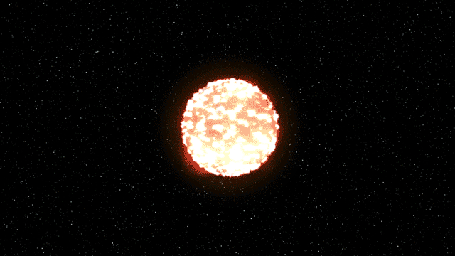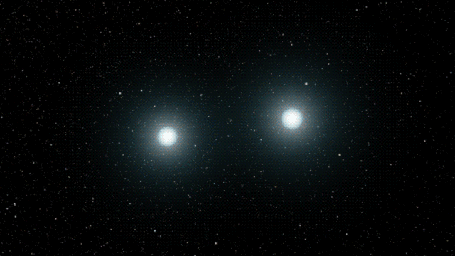Supernovas Animated
Supernova explosion viewed by Kepler (credit: NASA/JPL-Caltech, Kepler Space Telescope)
The Jet Propulsion Laboratory at CalTech in Pasadena developed video animations from data gathered by the Kepler space telescope of two supernova events.
The first was a white dwarf, the burned-out, dense remnant of a star, that is no longer able to consume its nuclear fuel. The massive gravity, produced by its density, drew matter from a companion star before exploding in a supernova. When the white dwarf reached 1.4x the size of our Sun's mass, it couldn't sustain this weight, and exploded in a what is called 'fast-evolving luminous transient' (FELT) event.

The second JPL animation shows a supernova that occurred when two white dwarf stars, that were circling each other, merged.

Either way, the stellar events would have been impressive to watch if possible from a safe distance. The space telescope offered a safe alternative. WHB